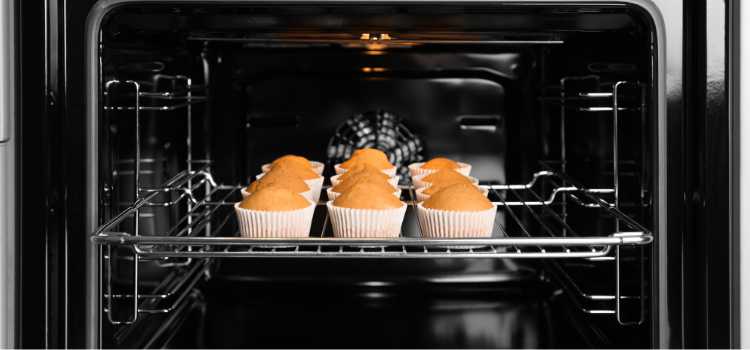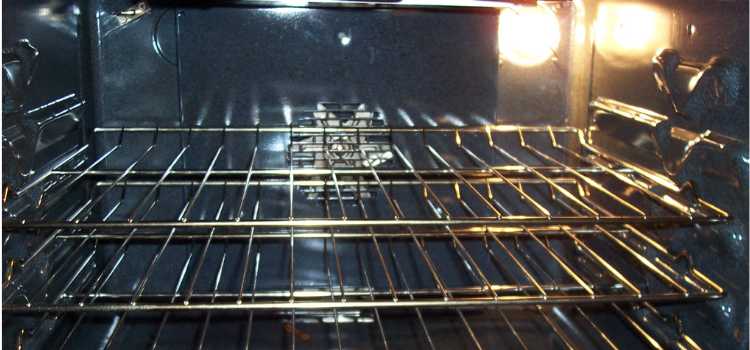As an Amazon Associate, I earn from qualifying purchases

Ants in the kitchen can be more than just an annoyance; they can disrupt your cooking experience and compromise the cleanliness of your appliances. One unexpected place where these tiny invaders might show up is inside your microwave oven.
While it might seem unlikely, the warmth and occasional food residues make it a surprisingly attractive spot for ants. This article explores practical ways to get rid of ants in your microwave oven, ensuring your cooking space remains hygienic and ant-free.
Understanding the Ant Problem
Ants are relentless in their search for food, and your kitchen is an enticing target. The microwave, often splattered with food particles, provides an ideal environment for ants to gather. These insects are drawn to the smallest crumbs and spills, making it crucial to address this issue quickly.
When ants invade your microwave, it’s essential to act promptly. Ignoring the problem can lead to a much larger infestation, affecting other areas of your kitchen and potentially contaminating your food. Not only do ants spread germs, but they also create a sense of discomfort and unease in a space meant for food preparation.
Identifying the Source of the Ants
Before tackling the ants in your microwave, it’s vital to understand where they’re coming from. Start by observing the ant trail. Where does it lead? Often, ants form a path from their nest to a food source. This trail can be key to finding their entry point.
Common entry points include gaps in windows, doors, and even electrical outlets. Ants are tiny and can maneuver through the smallest of cracks. Identifying these entry points and sealing them is a critical step in ensuring they don’t return.
Understanding why ants are attracted to your microwave can also provide insight. Food spills, residues, and even the warmth of the microwave itself can be inviting. Regular maintenance and cleanliness can significantly reduce the attraction.
Safe Cleaning Methods for the Microwave
Once you’ve identified the entry points and sealed them, the next step is to clean your microwave thoroughly. Here’s a step-by-step guide to ensure you do this safely and effectively:
- Unplug the Microwave: Safety first. Always unplug your microwave before cleaning to avoid any risk of electric shock.
- Prepare Natural Cleaning Solutions: Avoid harsh chemicals that can leave residues. Instead, use natural solutions like vinegar, lemon juice, or baking soda. These are effective at breaking down grease and food particles without introducing toxins.
- Clean the Interior and Exterior: Dampen a cloth with your chosen cleaning solution and gently wipe the interior surfaces, including the turntable and vents. Pay particular attention to corners where crumbs might accumulate.
- Soak Removable Parts: If your microwave has a removable turntable or other parts, soak them in a mixture of warm water and vinegar for about 15 minutes. This will help dissolve any stuck-on food debris.
- Rinse and Dry: After cleaning, wipe all surfaces with a damp cloth to remove any remaining residue. Dry thoroughly to prevent moisture buildup, which can attract more ants.
- Non-Toxic Cleaners for Food Safety: If you prefer commercial cleaners, ensure they are labeled non-toxic and safe for kitchen use. This is crucial for maintaining food safety.
Preventive Measures to Avoid Future Infestations

With your microwave clean and ant-free, it’s time to focus on prevention. Here are some effective strategies to keep ants at bay:
- Maintain Cleanliness: Regularly clean your microwave and surrounding areas. Even small food particles can attract ants, so wipe surfaces after each use.
- Proper Food Storage: Store food in airtight containers. This prevents ants from detecting food scents, which can lure them into your kitchen.
- Monitor for Signs of Ants: Regularly inspect your kitchen for signs of ants. Early detection can prevent a small problem from becoming a major infestation.
- Natural Deterrents: Consider using natural deterrents like cinnamon or peppermint oil. Place these near the microwave to repel ants. These substances are safe and can effectively discourage ants due to their strong scents.
- Routine Maintenance: Keep an eye on potential entry points around your kitchen. Sealing cracks and ensuring windows and doors close tightly can prevent ants from finding their way in.
Conclusion
Dealing with ants in your microwave doesn’t have to be a daunting task. By understanding why they’re attracted to your kitchen and taking proactive steps to clean and prevent their return, you can maintain a hygienic and ant-free cooking environment. Remember, the key is consistency. Regular cleaning and vigilance in monitoring potential entry points will help ensure your kitchen remains a welcoming space for cooking, not for ants.
By following these steps, not only do you protect your microwave but also contribute to a healthier kitchen environment. A pest-free kitchen means better hygiene, less stress, and the peace of mind that your food is safe from contamination. With a little effort and attention to detail, you can keep your kitchen—and your microwave—in pristine condition, free from the unwelcome presence of ants.
FAQ
What happens if ants get in a microwave?
If ants get into your microwave, they can contaminate food and spread bacteria. While they won’t damage the appliance, their presence indicates a hygiene issue that needs addressing. Clean the microwave thoroughly, seal entry points, and keep the area clean to prevent further infestations.
How to get rid of ants in the oven?
To eliminate ants in the oven, first unplug it for safety. Clean all surfaces inside and out with a vinegar solution to remove food residues. Seal any entry points around the oven. Use natural deterrents like cinnamon near the oven to keep ants at bay.
What is the fastest way to get rid of ants in the kitchen?
The quickest way to tackle ants is to locate and eliminate their entry points. Clean up any food residues and crumbs immediately. Use a mixture of vinegar and water to wipe down surfaces, and place natural repellents like peppermint oil around the kitchen to deter them.
How do you kill ants in baking?
To prevent ants in baking, store ingredients in airtight containers. If ants are already present, dispose of contaminated items. Clean affected areas with a vinegar solution to erase scent trails. Keep the baking area clean and use natural repellents like bay leaves in pantry shelves.
As an Amazon Associate, I earn from qualifying purchases